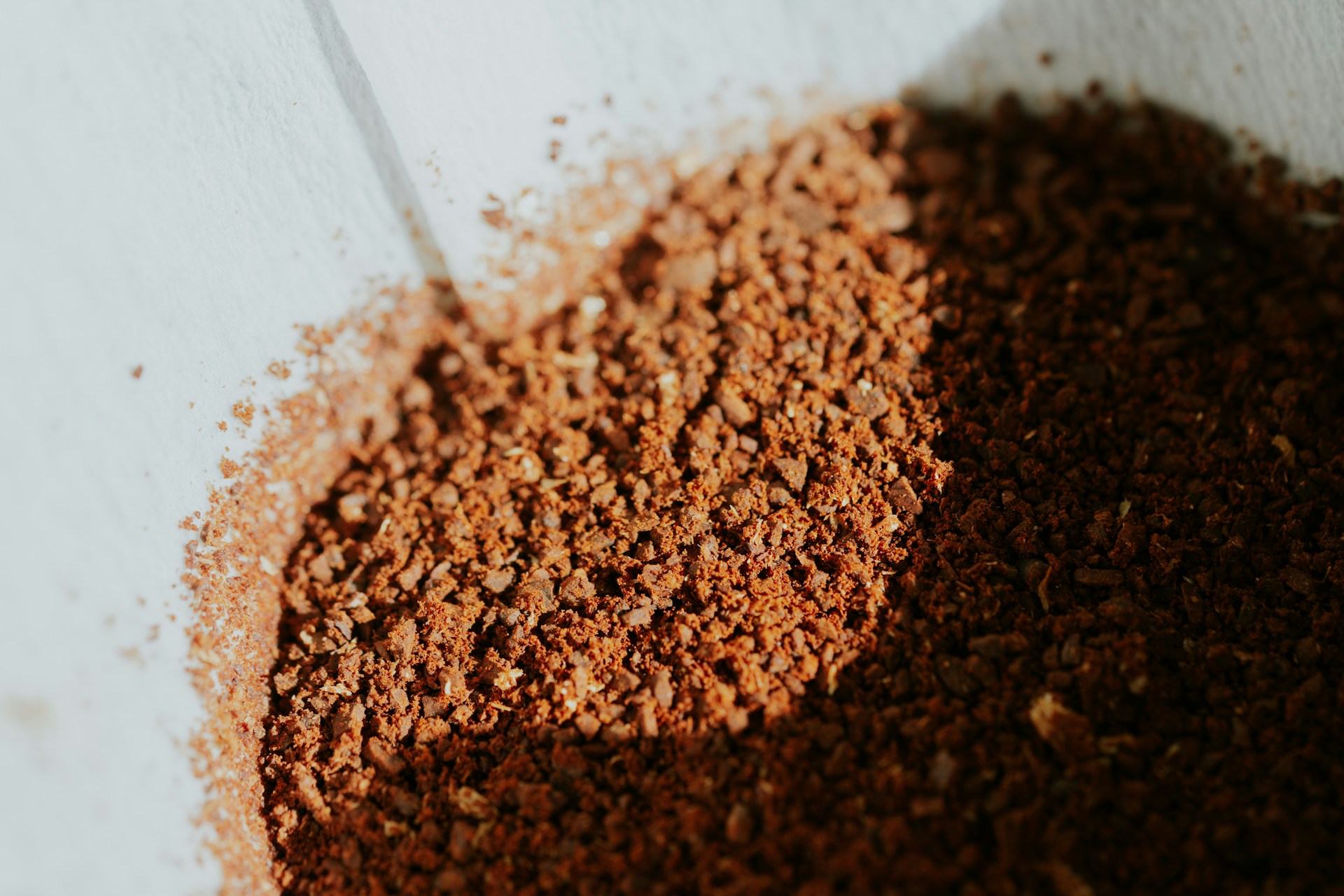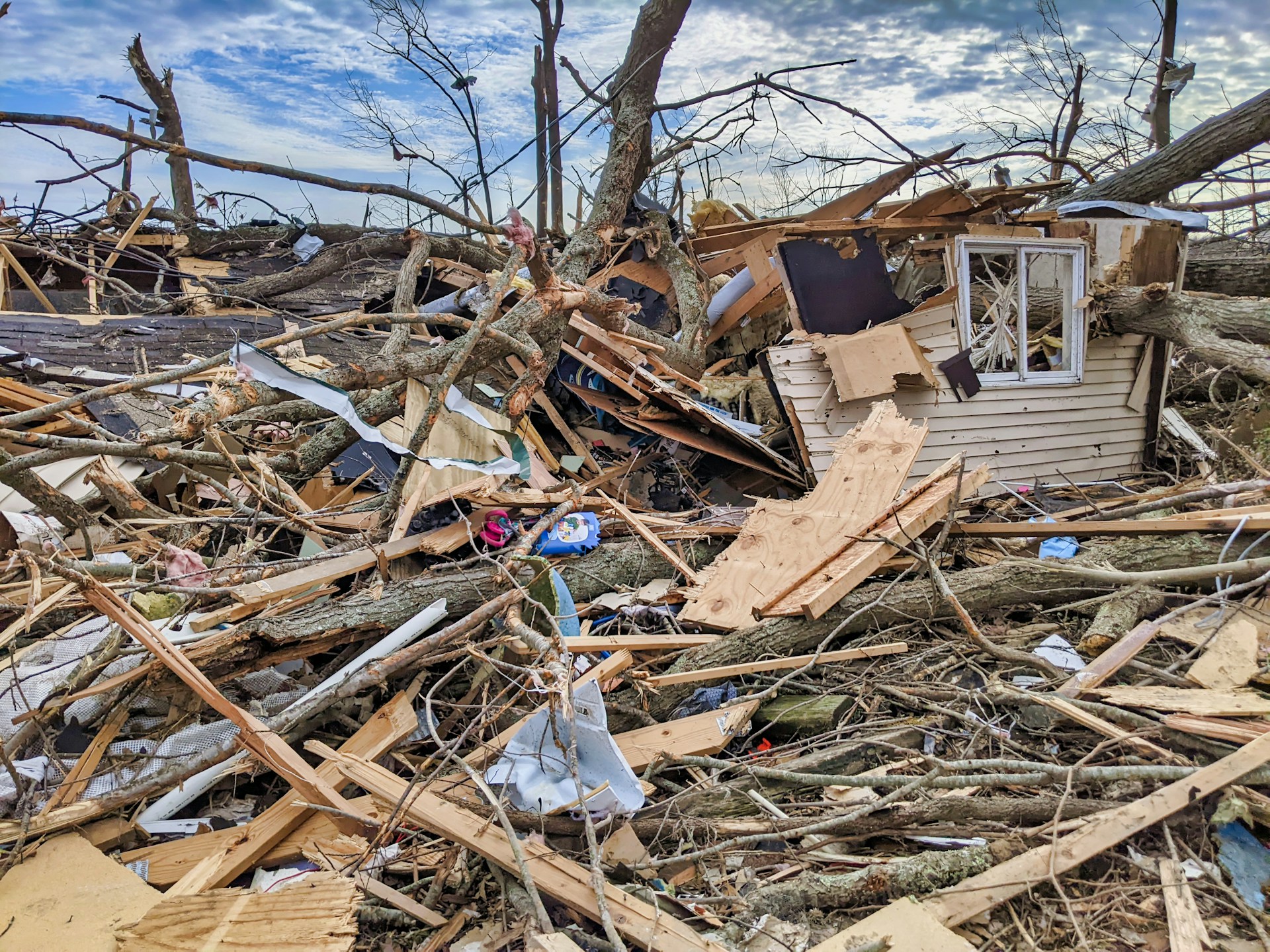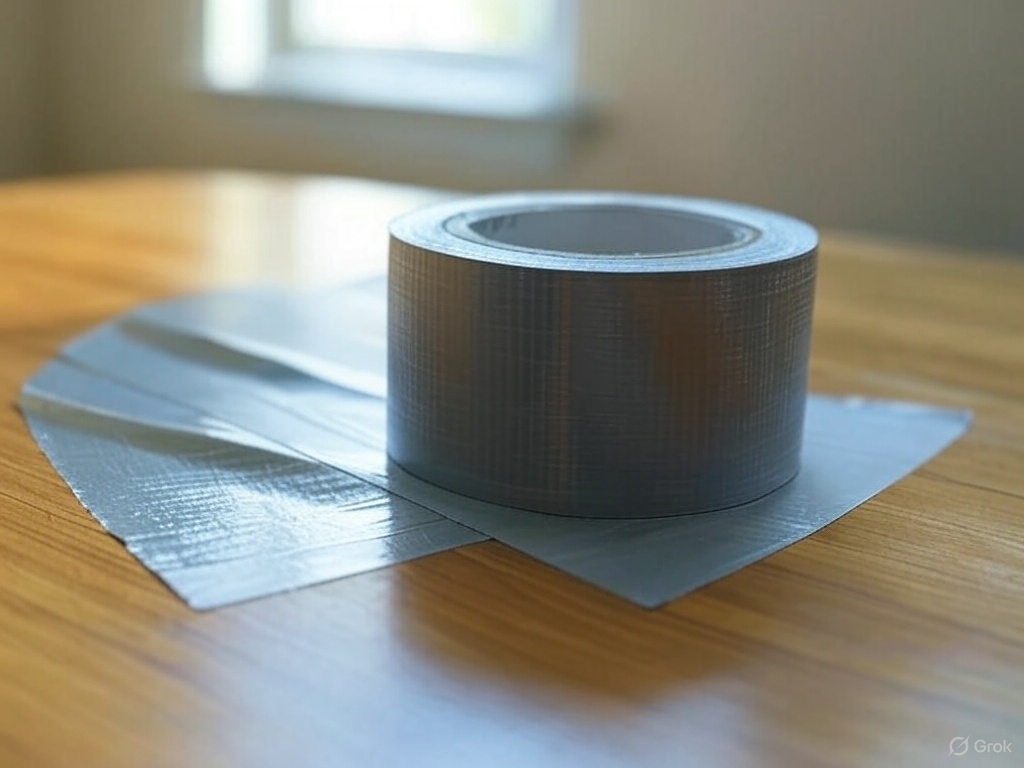Preparedness
Chilling Act of Violence: Love, Murder, and Grisly Aftermath Unfolds

A Florida woman stands accused of a chilling act of violence: shooting her girlfriend and letting the body decompose for a week. The victim’s distraught family members were searching for her all the while. Shannon McCarthy, aged 45, now faces a second-degree murder charge for the death of her girlfriend, 43-year-old Heather Sheppard.
This case, however, holds complexities as attorneys have put forth a motion to dismiss the charge, arguing that McCarthy acted in self-defense. They assert that McCarthy shot Sheppard in compliance with Florida’s controversial stand your ground law.
‘I’m going to have you smell death.’
At the crux of the case is a violent incident that took place at the couple’s home in June 2023. McCarthy’s defense lawyers argue that McCarthy was on the ground when she fired at Sheppard, who they claim was threatening her with a shotgun. In an unsettling twist, Sheppard’s body was abandoned to decompose on the front porch of their shared home.
However, the prosecution strongly contests this narrative, putting forth a different account of events. They argue that McCarthy had sent threatening messages to Sheppard months before the fatal incident.
“It’s pretty vivid, of her saying, ‘I’m going to kill you, and I’m going to have you smell death,'” said prosecutor Joseph Licando.
Furthermore, they argue against the application of the stand your ground law, stating that McCarthy made no attempt to contact authorities about the shooting. They also contend that she tried to clean up blood evidence.
McCarthy’s behavior following the incident raises more questions than answers. When pressed about Sheppard’s whereabouts, she apparently altered her story multiple times, even when a disturbing smell began to emanate from her porch – a smell later linked to the decomposing body.
Despite this evidence, the defense continues to assert the self-defense argument. They point to the trajectory of the gunshot wounds as substantiation for McCarthy’s claim.
“What does that tell you, why is that trajectory important? Because she said in the motion and they stipulated, that it creates connotation in the case that she was on the ground when she did the shooting and a shotgun being pointed down at her,” defense attorney Charles Fletcher argued.
Adding another twist to this intricate case, Sheppard’s daughter has testified that her mother was terrified of firearms and had never even fired a weapon.
The final decision on the validity of the self-defense claim will be given on September 17th. Furthermore, WTLV-TV has disseminated a news video report about the motion on YouTube. As both sides of this case continue to debate the facts, the community and the nation watch with bated breath.
Watch a local news report about the incident below:
Let us know what you think, please share your thoughts in the comments below.

Preparedness
Unlock Hidden Homestead Hacks with Coffee Grounds

After savoring your morning coffee, don’t be too quick to discard the grounds. These remnants of your caffeine fix are surprisingly versatile and can become a valuable resource on your homestead. Not only can they help you save money, but they also offer numerous benefits for your garden and household.
One of the simplest ways to use coffee grounds is by incorporating them into your compost pile. They act like green waste, similar to grass clippings, adding essential nutrients. A study highlighted by Healthline found that “compost made with coffee grounds and kitchen waste was richer in nutrients than compost made with waste alone.” Another study demonstrated that compost with 40% coffee grounds produced fewer greenhouse gas emissions and yielded superior quality compost.
Enhancing your soil is another benefit of coffee grounds. Their acidity can lower soil pH, which is particularly beneficial for certain plants. Spread the grounds in your garden and rake them into the soil, especially if you’re cultivating plants like hydrangeas or roses. These flowers thrive in acidic environments, and coffee grounds make an excellent fertilizer for them. Other plants such as blueberries, azaleas, and rhododendrons also appreciate the acidity.
If you maintain a worm farm, coffee grounds will be a hit with your worms, promoting their population growth. Additionally, coffee-scented worms are attractive to fish like trout and bass, making them useful for fishing.
Coffee grounds also combat soil pathogens, including fungi, due to their anti-microbial properties. This makes them beneficial for vegetables prone to mildew diseases, such as spinach, beans, and tomatoes. Natural Living Ideas notes that “compost containing just 5% coffee grounds can provide this protective effect.”
As a slow-release fertilizer, coffee grounds are nutritionally balanced. By adding a few scoops to your plants every few weeks, you can save money on commercial fertilizers.
While worms and fish are drawn to coffee, other pests are not. The texture of coffee grounds deters soft-bellied pests like slugs and snails. Moreover, caffeine in the grounds is toxic to insects, helping repel bugs. Scatter them in your garden to keep pests at bay and place them in bowls near seating areas to ward off mosquitos. The scent also deters cats from wandering into your garden.
Coffee grounds are excellent for neutralizing odors. It’s not just the coffee aroma; the nitrogen in the grounds combines with carbon to eliminate unpleasant smells. You can use them to freshen various spaces around your homestead. For instance, a bowl of coffee grounds in your refrigerator can neutralize odors, while scrubbing your hands with them removes smells from foods like fish, garlic, or onions.
The gritty texture of coffee grounds makes them effective as a skin exfoliant. Mix them with water or coconut oil and scrub on areas with dead skin. This texture also makes them useful for cleaning pots and pans. Sprinkle grounds directly into cookware and scrub as usual before rinsing.
In the kitchen, coffee grounds can enhance your culinary endeavors. They serve as a rub for meats like ribs, steak, and brisket, and their natural acids and enzymes make them effective meat tenderizers. Healthline explains, “Salt, enzymes and acids are three natural types of meat tenderizers. Coffee contains natural acids and enzymes, making it especially effective at tenderizing meat.”
For pet owners, coffee grounds can be a natural flea treatment. Rub them through your pet’s fur after shampooing and rinse thoroughly. However, remember that coffee is toxic to dogs if ingested, so ensure the grounds are used externally only.
In winter, coffee grounds provide an eco-friendly way to de-ice pathways. They help melt ice while adding traction, making them a sustainable alternative to salt.
Lastly, coffee grounds can be used in candle-making, adding a unique scent to your homemade creations. By following a simple process, you can craft candles that not only light up your space but also fill it with a pleasant aroma.
Incorporating coffee grounds into your homestead routine is a practical way to reduce waste and enhance your living environment. Even if you’re not a coffee drinker, you can often obtain used grounds from local cafes. Embrace this resourceful approach and discover the many benefits coffee grounds have to offer.
Let us know what you think, please share your thoughts in the comments below.
Preparedness
Ultimate Tornado Survival Kit Guide: Prepare and Protect Your Family

Preparing for a tornado can be daunting, but having a well-equipped survival kit is a crucial step in ensuring your safety and that of your loved ones. This guide will walk you through the essentials needed in a tornado survival kit, covering everything from protective gear to communication devices.
Understanding the risks in your area is the first step. Research your region’s tornado season and historical risk levels to tailor your kit accordingly. Areas with higher risks may require additional precautions and supplies.
Store your survival kit in a secure location like a basement or storm shelter, where it can be easily accessed by all family members. Use a waterproof container or plastic bin to keep your supplies dry and organized.
Your kit should include personalized items such as necessary medications, dietary-specific foods, and supplies for infants or elderly family members. Don’t forget comfort items for pets and children to help reduce stress during the storm.
“Conduct tornado drills so everyone knows their role and location.” Timing these drills can help identify any improvements needed for quicker access to your kit and shelter.
A tornado survival kit, often referred to as a tornado bag, is essential for weathering a tornado safely. Basic items include a backpack or plastic bin to hold your supplies, a first aid kit, and a whistle to signal for help. These items are fundamental, but customizing your kit based on personal needs is equally important.
Staying informed is critical. “The most crucial thing is to stay alert and pay attention when tornado warnings are issued in your area.” Utilize multiple sources like TV, radio, and smartphone apps to monitor weather alerts.
When a tornado warning is issued, seek the most protective shelter possible. Basements, storm cellars, or interior rooms on the lowest floor are ideal. Avoid rooms with windows or exterior walls and stay covered under something sturdy.
Having the right gear during a tornado can protect your family and provide essential communication and lighting if the power fails. Equip your kit with sturdy helmets, shatterproof goggles, and N95 respirator masks. A battery-powered or hand-crank NOAA weather radio is crucial for receiving emergency alerts when other systems fail.
Multiple flashlights with extra batteries ensure visibility, and durable work gloves protect your hands from debris. “Equipping your tornado kit with protective gear enables your family to remain safer in dangerous conditions.”
In addition to safety gear, stockpile emergency food and water. Canned goods, protein bars, and dehydrated meals are practical choices. Plan for at least one gallon of water per person per day, using clean, food-grade containers.
Comfort items like warm blankets, inflatable pillows, and entertainment options can make sheltering more bearable. Proper clothing for both indoor and potential outdoor conditions is also essential.
Communication is key during a tornado. Pack a loud emergency whistle and two-way radios for reliable backup communication. Keep chargers for all devices in waterproof bags and ensure they’re fully charged before tornado season begins.
Securing important documents is vital. Store copies of identification, medical records, and insurance information in a waterproof container. This ensures you have access to necessary documents for filing claims and accessing aid services.
In summary, a well-stocked tornado survival kit is an investment in your family’s safety. Keep your kit in an accessible location, update it regularly, and tailor it to your household’s unique needs. With preparation and the right supplies, you can face tornadoes with greater confidence and security.
Let us know what you think, please share your thoughts in the comments below.
Preparedness
Duct Tape: The Ultimate Survival Tool You Didn’t Know

When navigating the unpredictable challenges of an emergency, having a versatile tool on hand can be a game-changer. One such tool, often overlooked, is duct tape. Known for its strength and adaptability, duct tape can be a lifesaver in various survival scenarios, from medical emergencies to shelter construction.
Duct tape’s reputation as “the handyman’s secret weapon” is well-earned, thanks to its remarkable versatility. Its durability and adhesive strength make it suitable for a multitude of tasks, especially in outdoor survival situations. This simple tool can bond with almost any material, including wood, metal, fabric, and plastic, and its waterproof nature makes it ideal for preventing leaks.
In survival settings, duct tape can be used to patch holes, secure items, create makeshift shelters, and repair essential gear like backpacks and boots. Additionally, it can be twisted or braided to form strong ropes and cords, which are invaluable for securing gear and setting up shelters. Its ease of use—requiring no special skills or tools—makes it a must-have in any survival kit.
For those looking to maximize the utility of duct tape in emergencies, it’s advisable to pair it with a multi-tool or scissors for cutting. This combination ensures you’re prepared for a wide range of scenarios without adding significant weight to your gear.
The uses of duct tape in an emergency kit are extensive. It can temporarily address wounds, stabilize injuries, and prevent leaks until professional medical treatment is available. Its adhesive strength is sufficient to hold cuts closed, secure bandages, or immobilize injured limbs.
Furthermore, duct tape can be used to repair survival gear, keeping essential items functional during crises. Whether it’s patching holes, insulating pipes, or preventing further damage, duct tape offers quick fixes until permanent solutions can be implemented.
In first aid situations, duct tape can be a last resort for wound care. Although it is stickier than medical tape, it can cover wounds effectively in emergencies. However, caution is advised, as removing duct tape may reopen wounds. To mitigate this, apply gauze or a non-stick bandage beneath the tape and ensure the skin is clean and dry before application.
For fractures, duct tape can create emergency splints. Wrap it around rigid items like branches or magazines to immobilize the injury, ensuring not to restrict circulation. In long-distance trekking, duct tape can prevent and treat blisters by reducing skin friction.
In the wilderness, duct tape is invaluable for gear maintenance. It can patch rips in jackets or leaks in tents, provided the surfaces are clean and dry. It also reinforces vulnerable areas prone to wear and tear, such as shoe soles or pack straps, offering an extra layer of protection.
Duct tape’s utility extends to shelter enhancements. It can seal gaps and cracks, patch tent holes, and even create makeshift hot water bottles. In emergencies, duct tape can be fashioned into containers or even temporary clothing, like shoes or gloves, offering protection from the elements.
For food procurement, duct tape can be used to repair nets or construct basic hunting tools. Its reflective properties can also serve as signaling devices, increasing visibility in rescue situations.
In summary, duct tape’s adaptability makes it an indispensable item for any survival kit. Its ability to address a wide range of needs—from crafting gear and tools to administering first aid and making repairs—ensures it plays a crucial role in emergency preparedness. Compact and affordable, duct tape is a small investment that can yield significant returns in survival situations.
Let us know what you think, please share your thoughts in the comments below.
-

 Tactical12 months ago
Tactical12 months ago70-Year-Old Fends Off Intruder with Lead-Powered Message
-

 Tactical12 months ago
Tactical12 months agoVape Shop Employee Confronts Armed Crooks, Sends Them Running
-

 Preparedness8 months ago
Preparedness8 months agoEx-Ballerina’s Guilty Verdict Sends Tremors Through Gun-Owner Community
-

 Preparedness6 months ago
Preparedness6 months agoGood Samaritan Saves Trooper in Harrowing Interstate Confrontation
-

 Tactical12 months ago
Tactical12 months agoMidnight SUV Theft Interrupted by Armed Homeowner’s Retaliation
-

 Survival Stories2 years ago
Survival Stories2 years agoEmily’s 30-Day Experience of Being Stranded on a Desert Island
-

 Preparedness7 months ago
Preparedness7 months agoArizona Engineer’s Headless Body Found in Desert: Friend Charged
-

 Preparedness7 months ago
Preparedness7 months agoBoy Saves Dad from Bear Attack with One Perfect Shot
Don
August 18, 2024 at 1:07 pm
Hiding the body on the front porch. That’s a great to hide a body. I see a photo is posted, to bad photos should be posted of all accused.